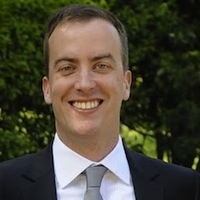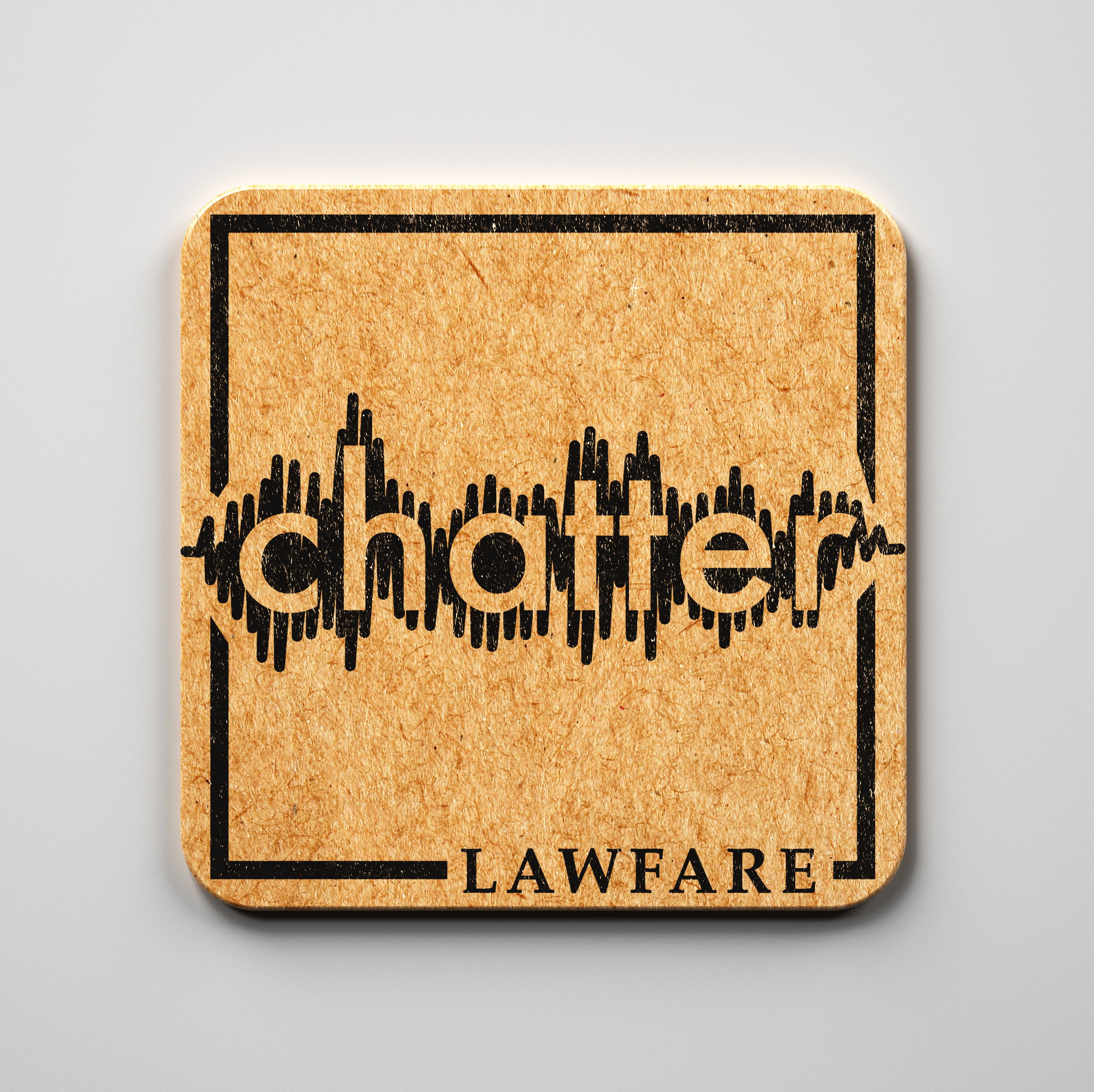On Circuits, Open and Closed
With lunch recess cancelled, we move swiftly to AE81, the defense motion to make commission proceedings available to other media outlets. Defense attorney Richard Kammen has modest desires for this motion. Here’s what Kammen doesn’t want: more intrusions into the commissions process. What he does want is an additional cable connection at Fort Meade, one that will permit the base’s CCTV feed to reach other interested media.
Published by The Lawfare Institute
in Cooperation With

With lunch recess cancelled, we move swiftly to AE81, the defense motion to make commission proceedings available to other media outlets. Defense attorney Richard Kammen has modest desires for this motion. Here’s what Kammen doesn’t want: more intrusions into the commissions process. What he does want is an additional cable connection at Fort Meade, one that will permit the base’s CCTV feed to reach other interested media. The lawyer emphasizes the need for greater public access given the importance of the commission proceedings. In Kammen’s view, watching Guantanamo proceedings from Fort Meade is like watching an ordinary “broadcast,” even if one is, in fact, watching closed circuit television. He thus seems to critique the prosecution’s position on the basis of semantics only: the government opposes “broadcasting,” Kammen says, but so far, it has supported some use of the “closed circuit television” procedure.
For authority, the defense lawyer relies upon the First Amendment. In his view, it vests in the accused and the public a right to more media access than what is currently permitted. (He nevertheless acknowledges contrary authority, among other things a decision by Judge Brinkema in Moussaoui.) Kammen then takes on a few prosecution objections. Contrary to the government’s claims, additional CCTV transmissions will not create a “circus” atmosphere in the GTMO courtroom. Nor will such transmissions pose risks for potential jurors, who will not be on camera. Witnesses also don’t always have to come to Guantanamo to testify, so they would not confront unreasonable risks, either. He further notes that commissions are a procedurally unique animal, and not at all like the familiar federal or state courts. The public doesn't know much about the commissions, and that bolsters the case for broader media access. The public would be shocked, for example, to learn that Al-Nashiri could be convicted and sentenced to death without confronting witnesses in the courtroom. Some of the accused’s family members reside abroad, too, and they’re more likely to view the proceedings if the defense’s request is granted. For those reasons, Kammen asks for an additional cable line. Why would the prosecution oppose that?
Prosecutor Justin Sher answers by emphasizing the status quo. There’s already ample media coverage of, and public access to, the existing CCTV facilities, he argues. The pleadings and transcripts are made available on the website, too. Judge Pohl stops him and cites two barriers to the defense’s request. One is a ruling by Judge Pohl, that the court can modify as necessary; but the other is a ruling by the Secretary of Defense that additional transmissions will not be permitted. The question thus is whether the commission has the authority to overturn the Secretary and order the sought relief. Sher agrees that the court cannot supersede the Secretary of Defense’s rule. This puzzles the court a bit. Why bother with the merits of defense’s transparency arguments, if in fact, I don’t have the authority to grant the defense’s motion anyway? (Judge Pohl here adds a hint of sympathy for the defense’s policy claims.) Eventually, the prosecutor agrees that the rules make it unnecessary to get into the risks of greater access – but nevertheless recites some of those risks. Among other things, the prosecutor is concerned about increasing the public’s control over courtroom, including images of witnesses. Another float in trial counsel’s parade of horribles: witnesses also might be nervous about a wider broadcast, and members might then pick up on their nervousness and discredit their testimony. And what about the break from precedent? Usually, the public has to travel, in person, to criminal cases. Sher then sums up and sits down.
Kammen makes his rebuttal. The prosecution, he says, wants to control the proceedings. They like knowing who can and cannot see the proceedings, and don’t want to cede that power to the public. That only demonstrates the need for more transparency. That leads the lawyer to the Secretary of Defense’s rule. Kammen suggests that the status quo violates the rule already: the rule prevents any camera-in-the-courtroom procedures, and the commission circumvents it only by means of a legal fiction – namely, that Fort Meade is an extension of the courtroom. Kammen doesn’t call the current setup into question. Instead, he points out only that broader access won’t require a change in that legal fiction. Think about it: by adding a single CCTV outlet, the commission would only make the “extended” courtroom a little bit bigger. Judge Pohl doubts that: under those circumstances, the system wouldn’t be closed. It would be open. This prompts Kammen to regurgitate his semantic argument about “broadcasts” versus “closed circuits.”
Sher then makes a few policy points – among other things, he says that wider transmission would make for added risk to witnesses. Kammen offers a sentence or five in surreply, and then the commission recesses.
Wells C. Bennett was Managing Editor of Lawfare and a Fellow in National Security Law at the Brookings Institution. Before coming to Brookings, he was an Associate at Arnold & Porter LLP.


.png?sfvrsn=35857ae0_5)
.jpg?sfvrsn=fd262d7d_3)

